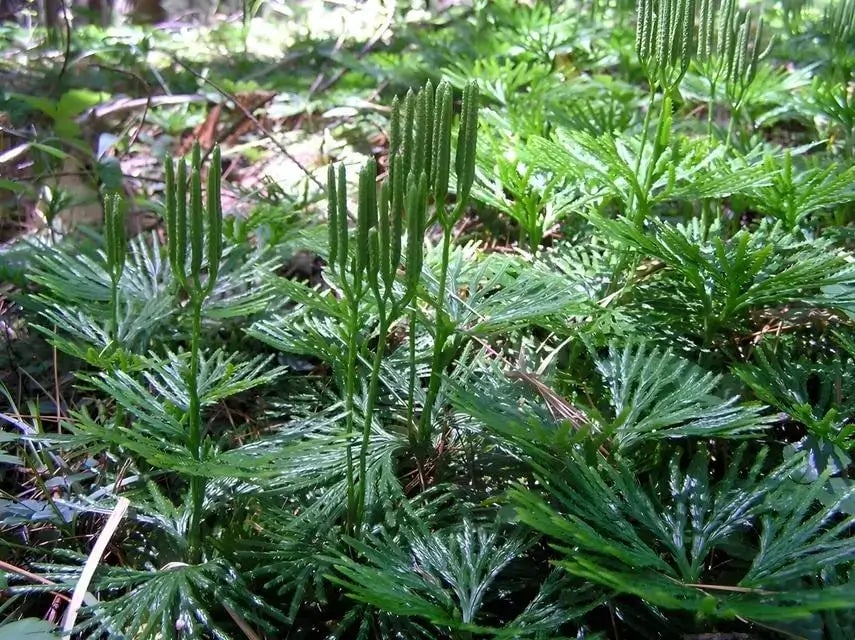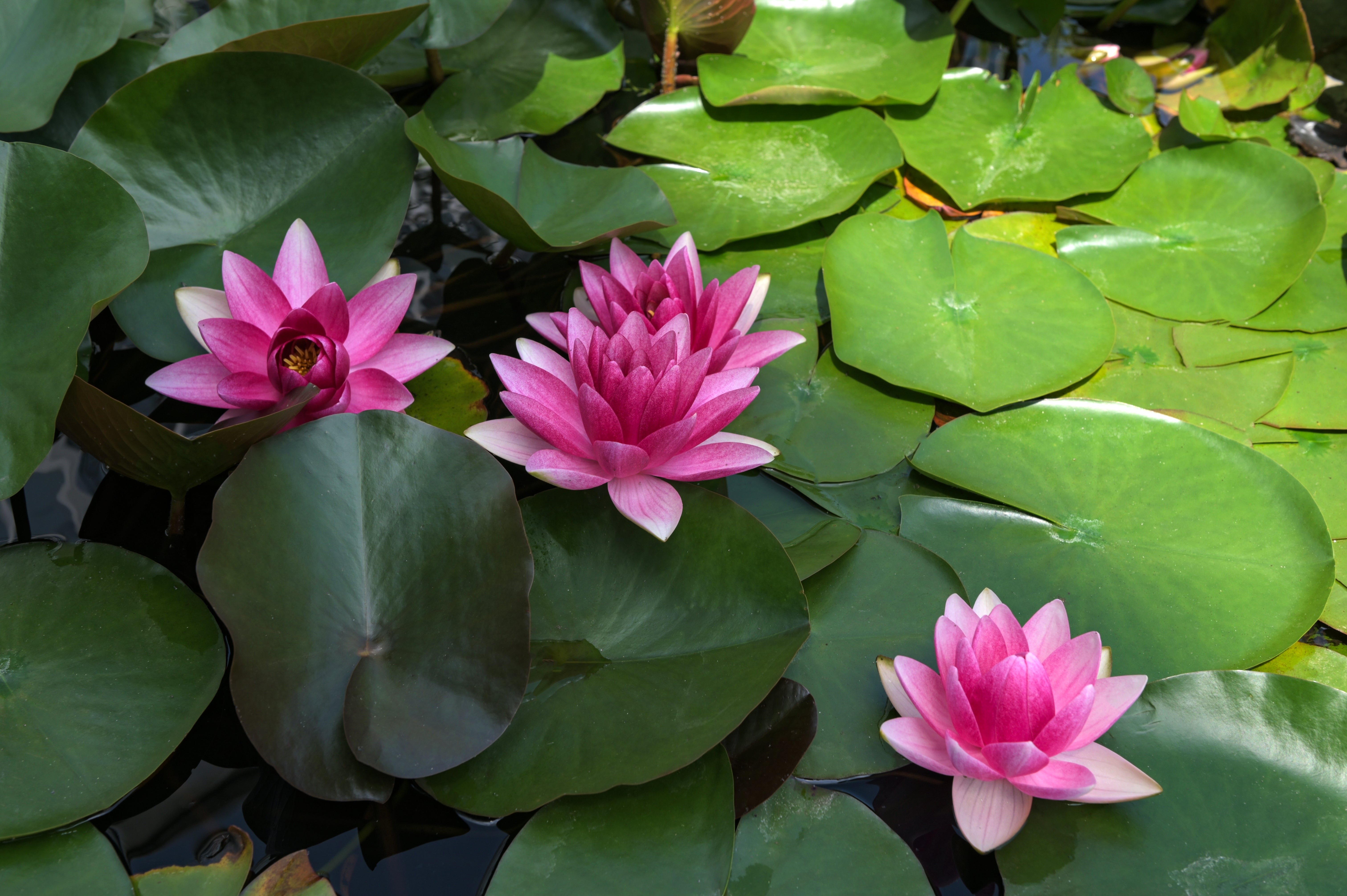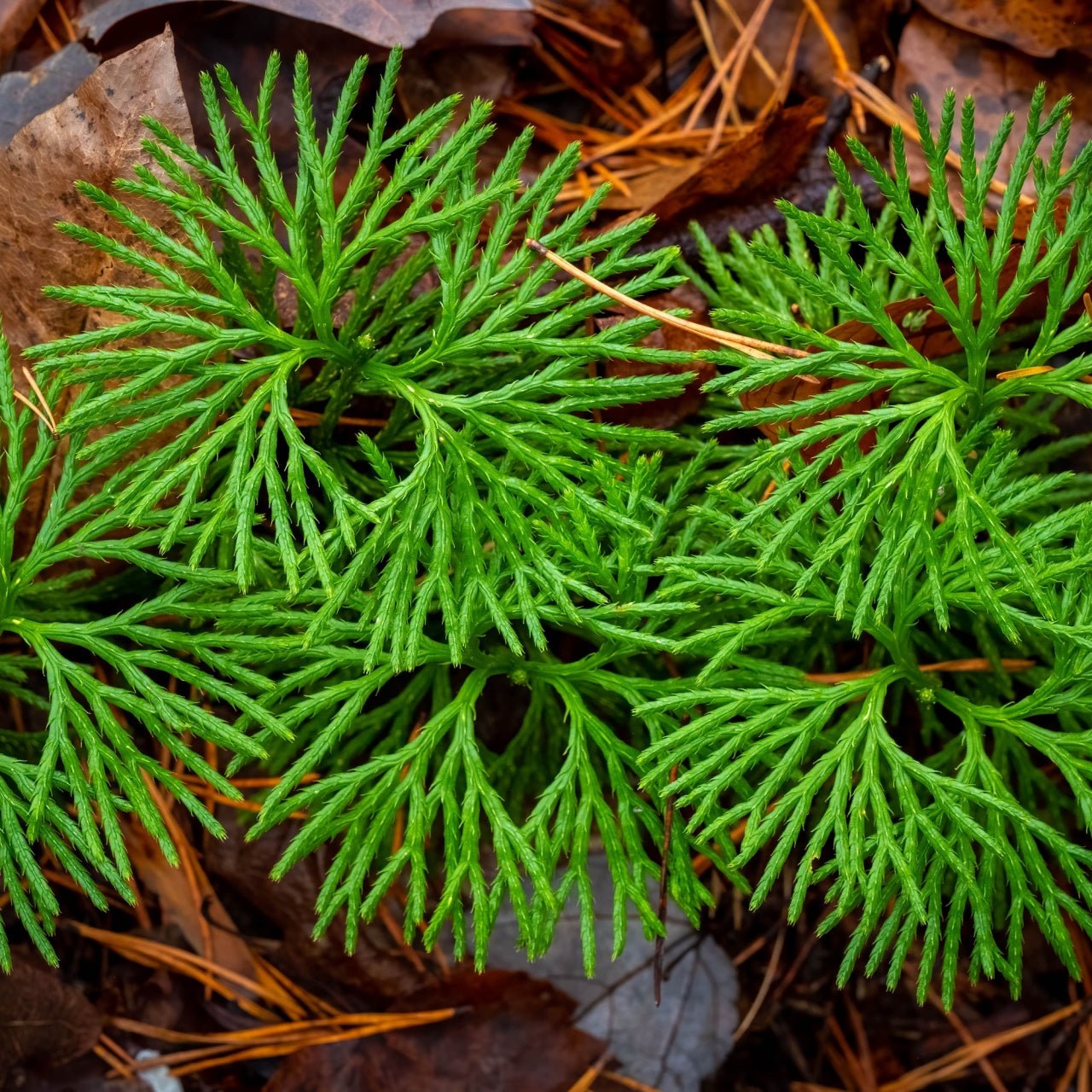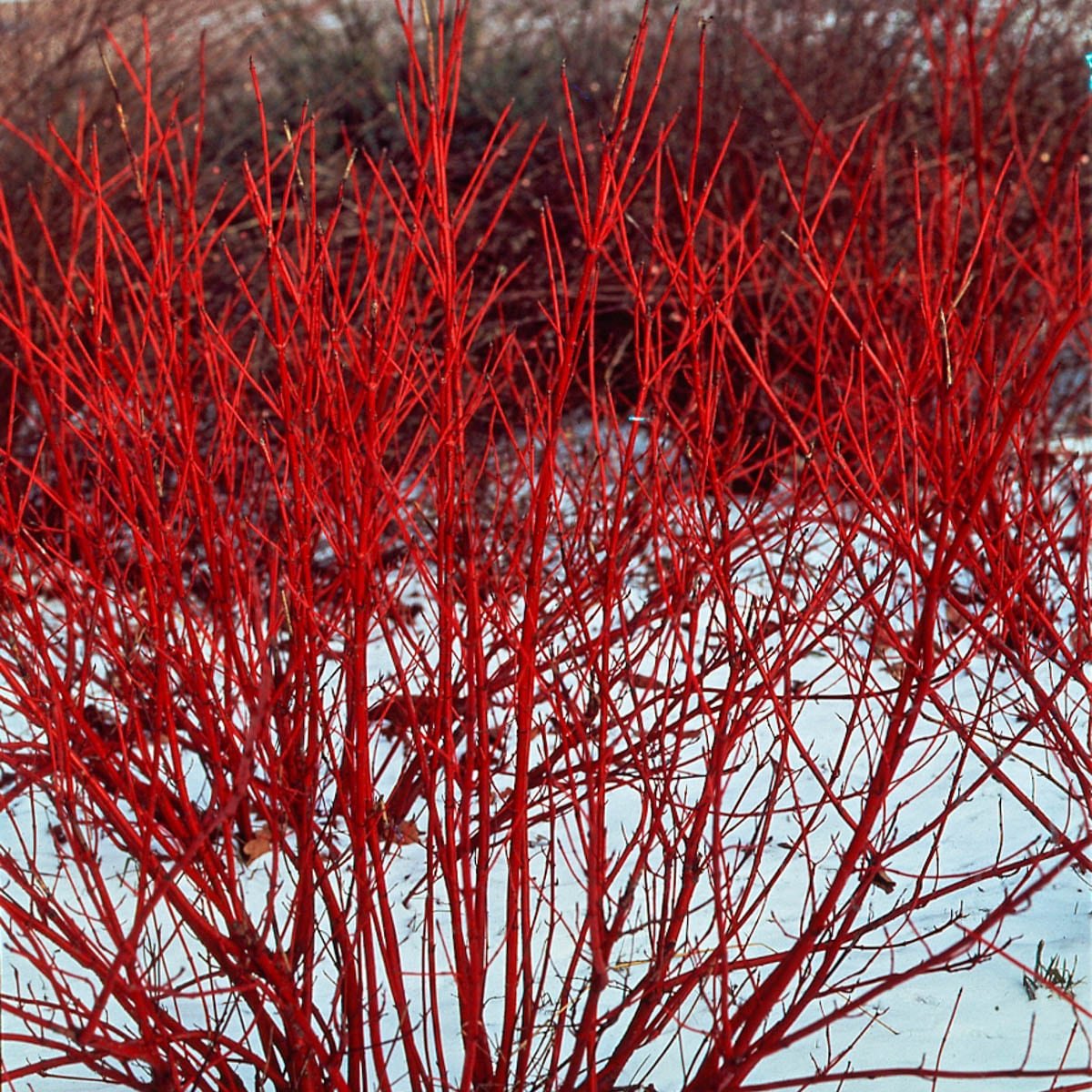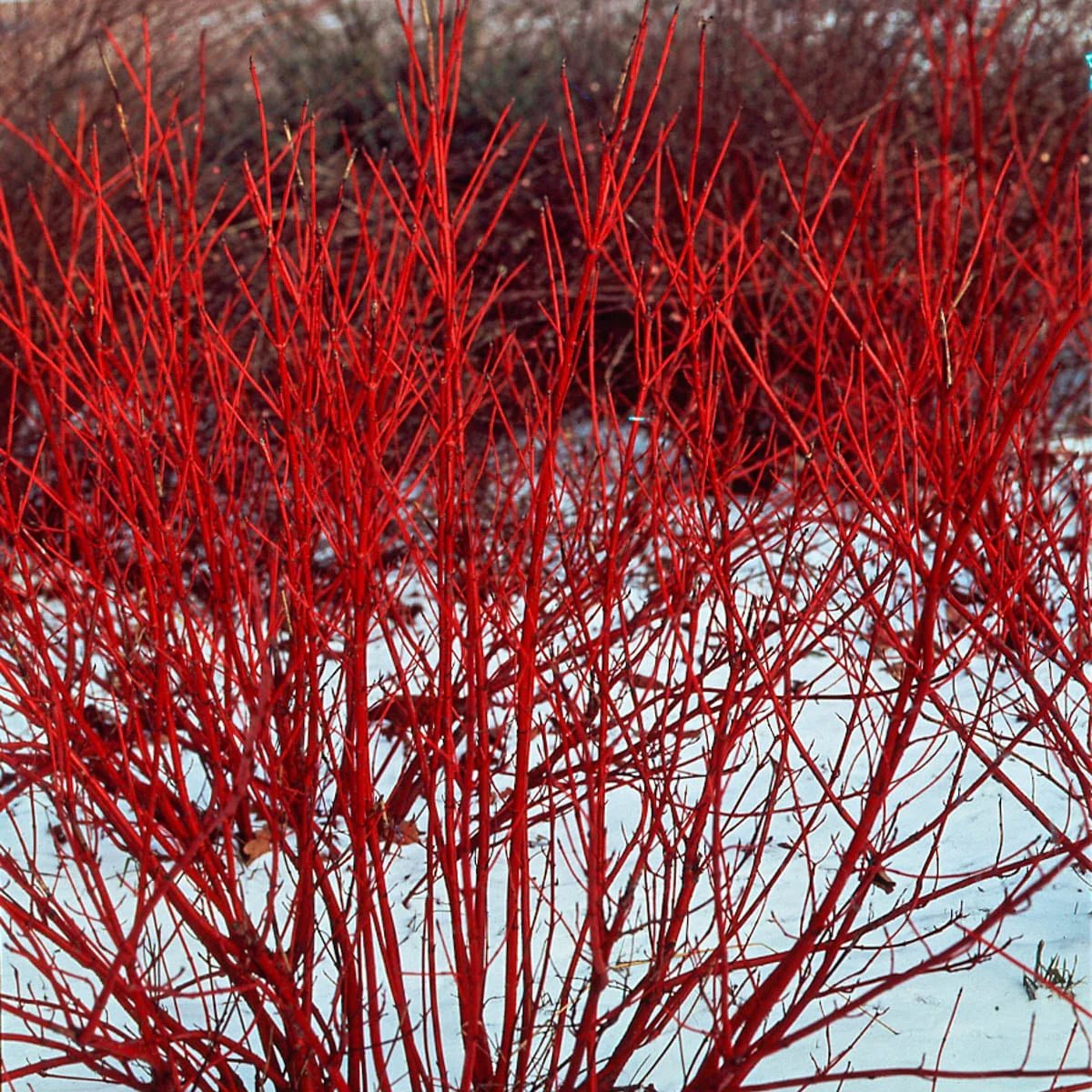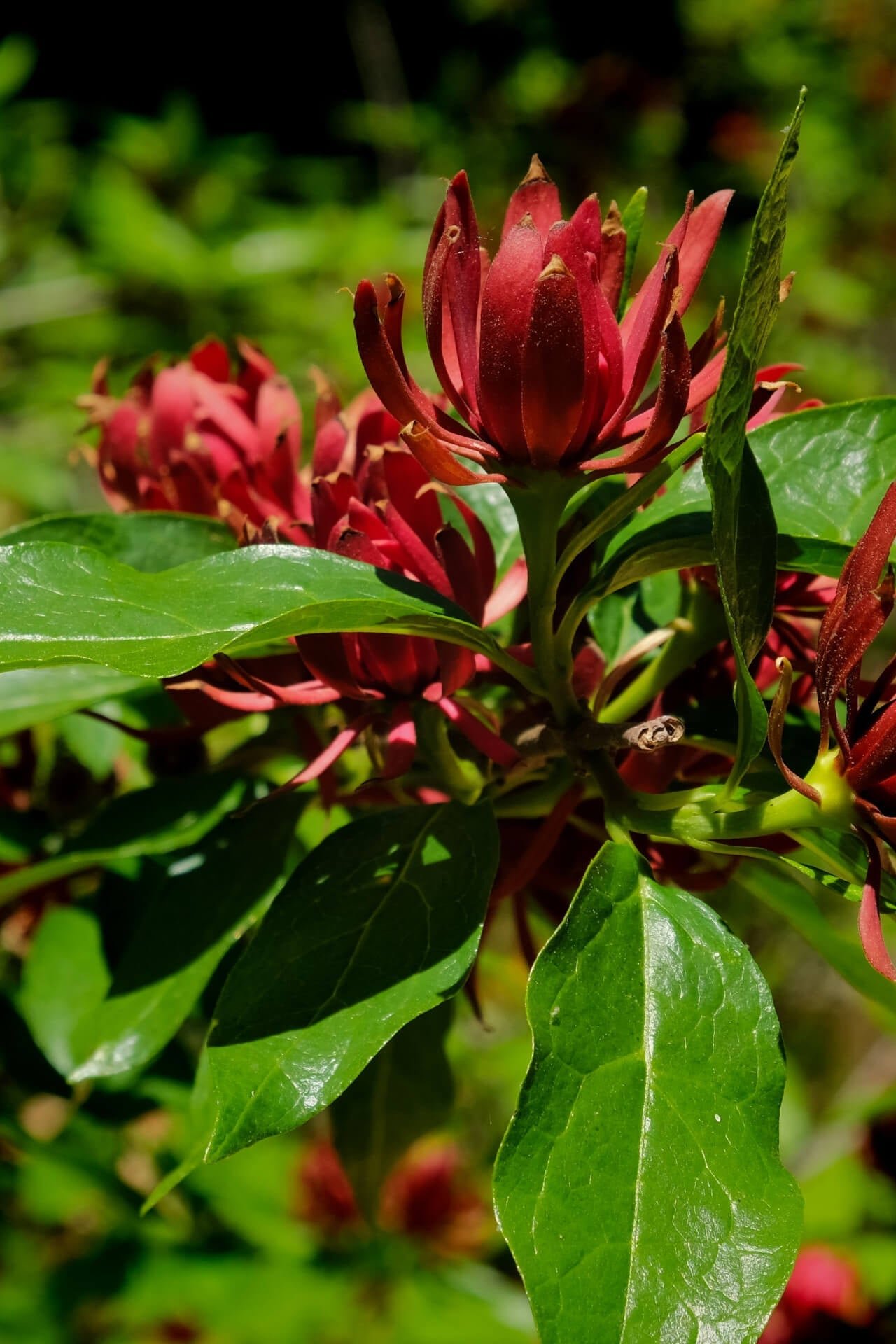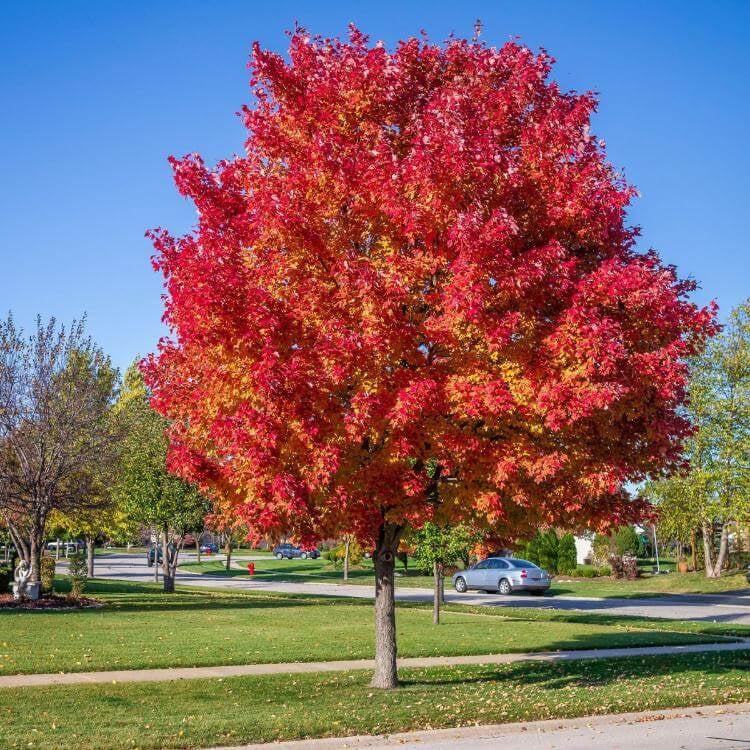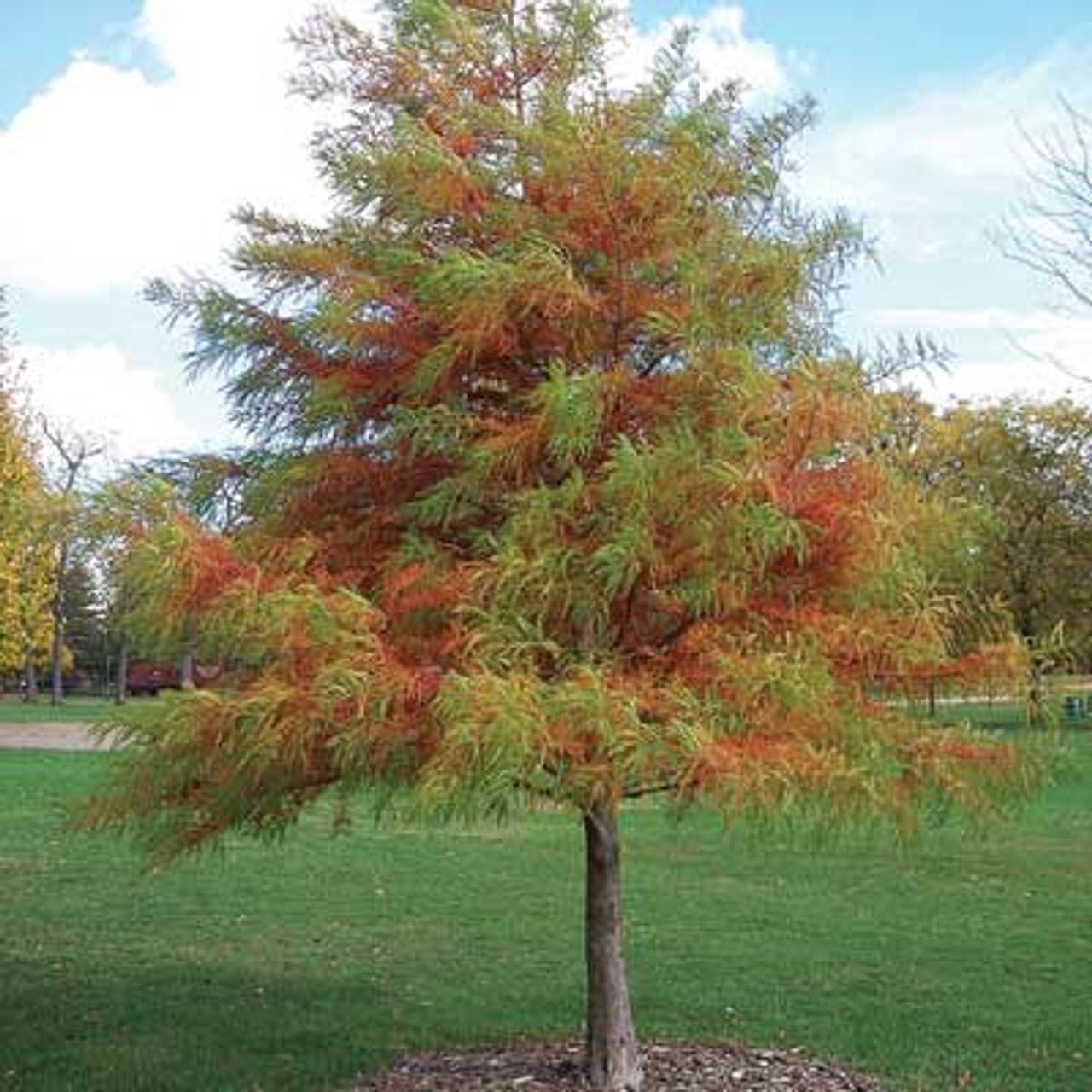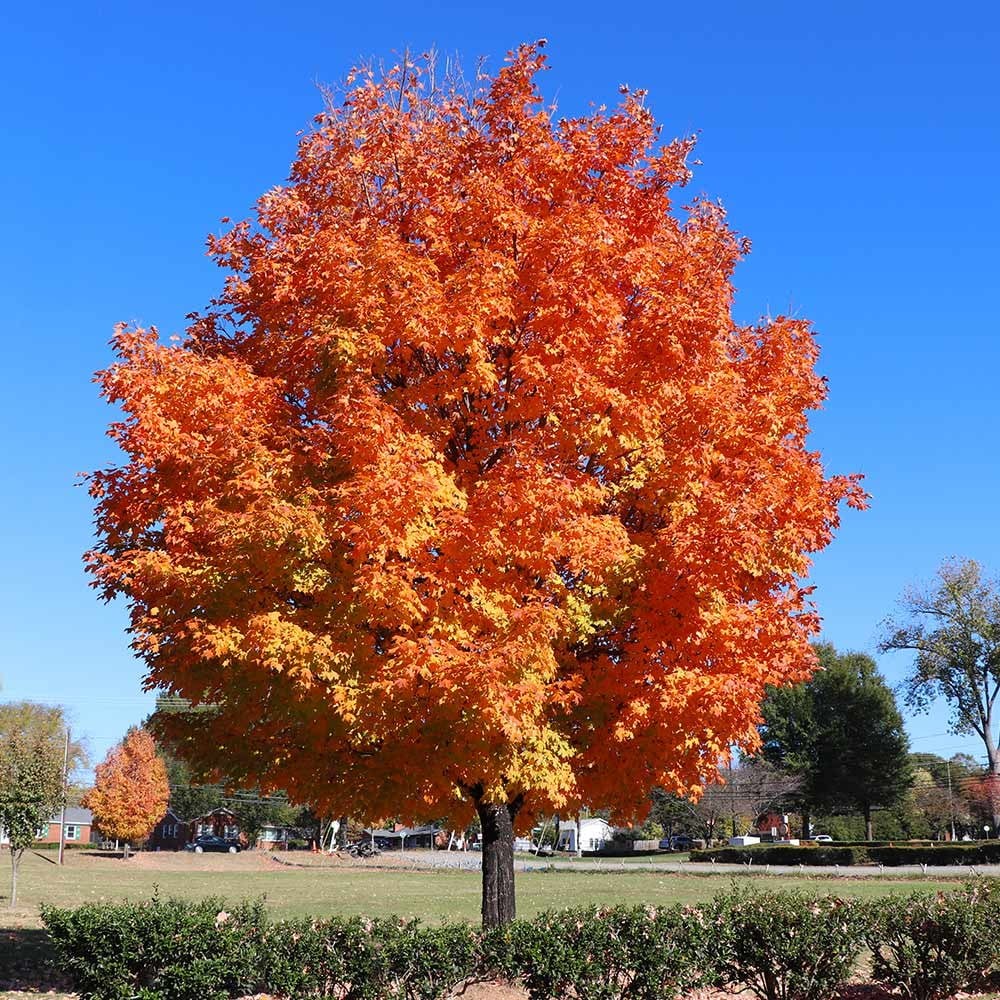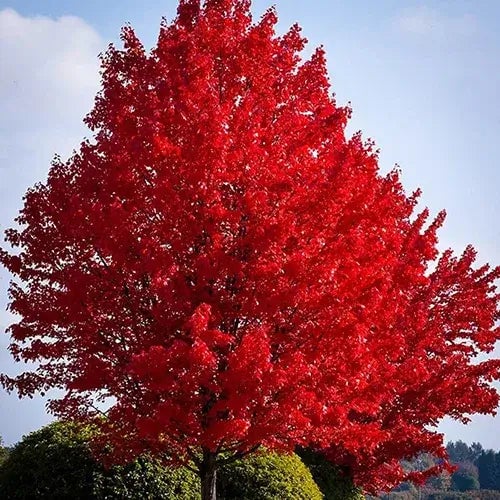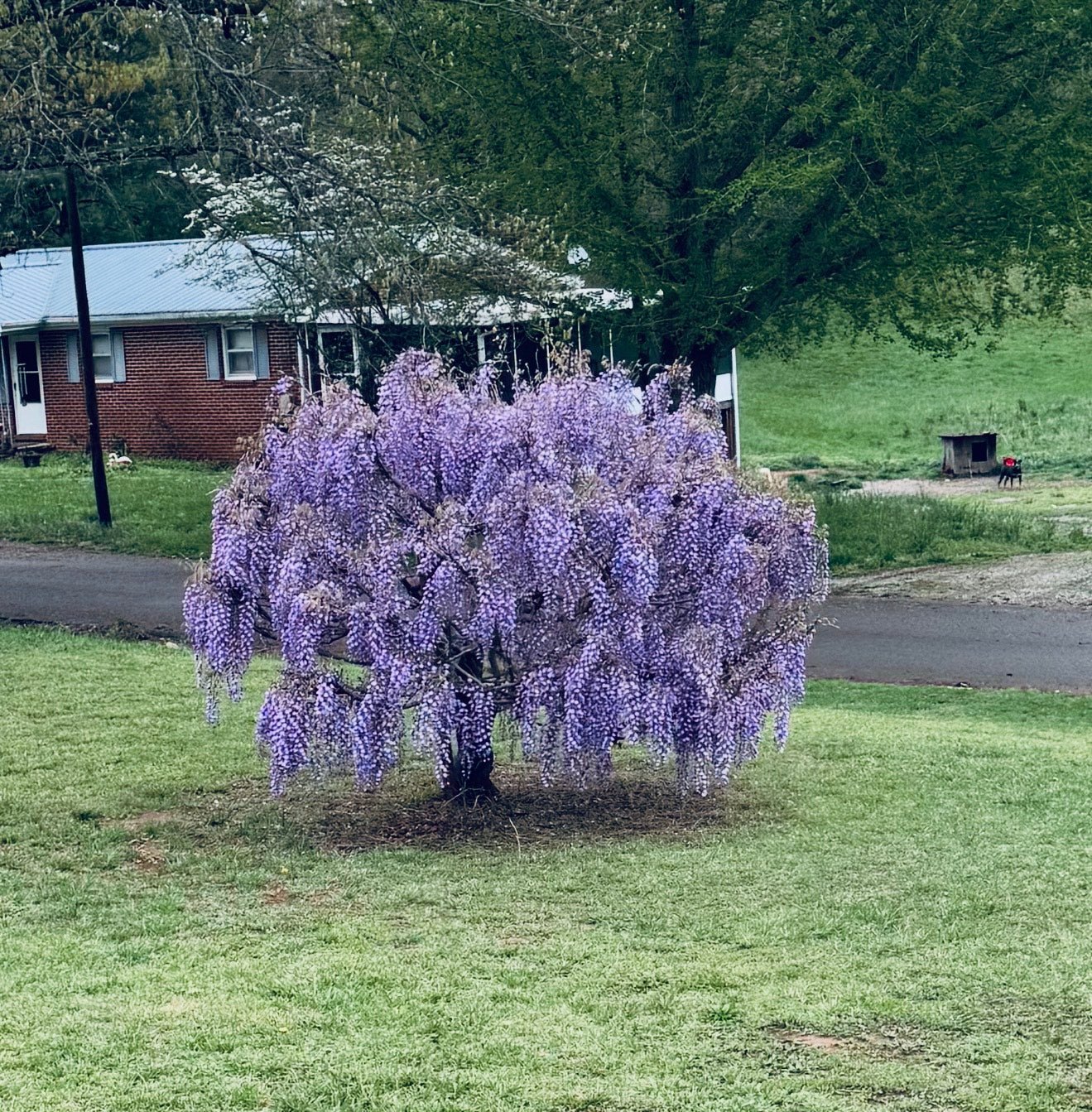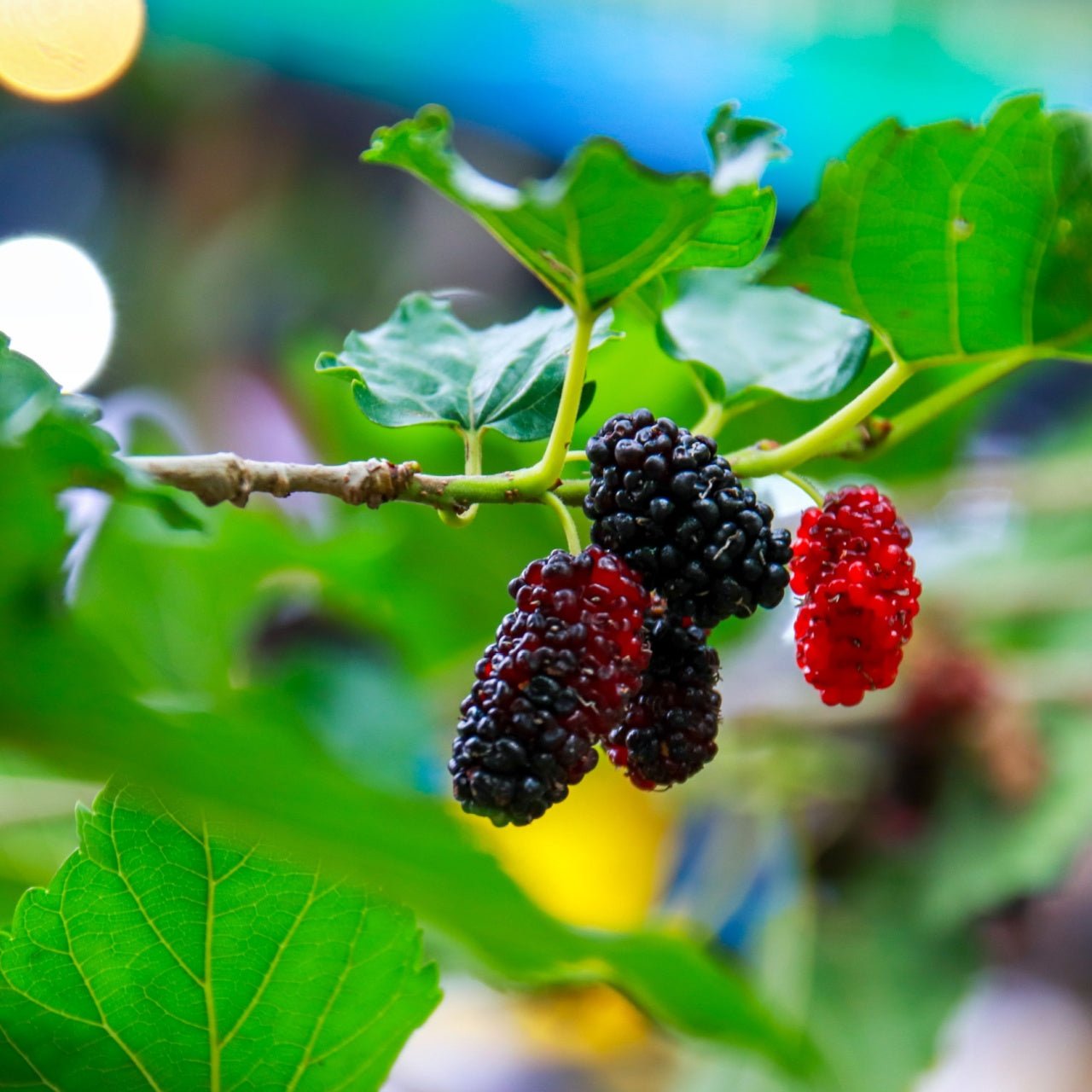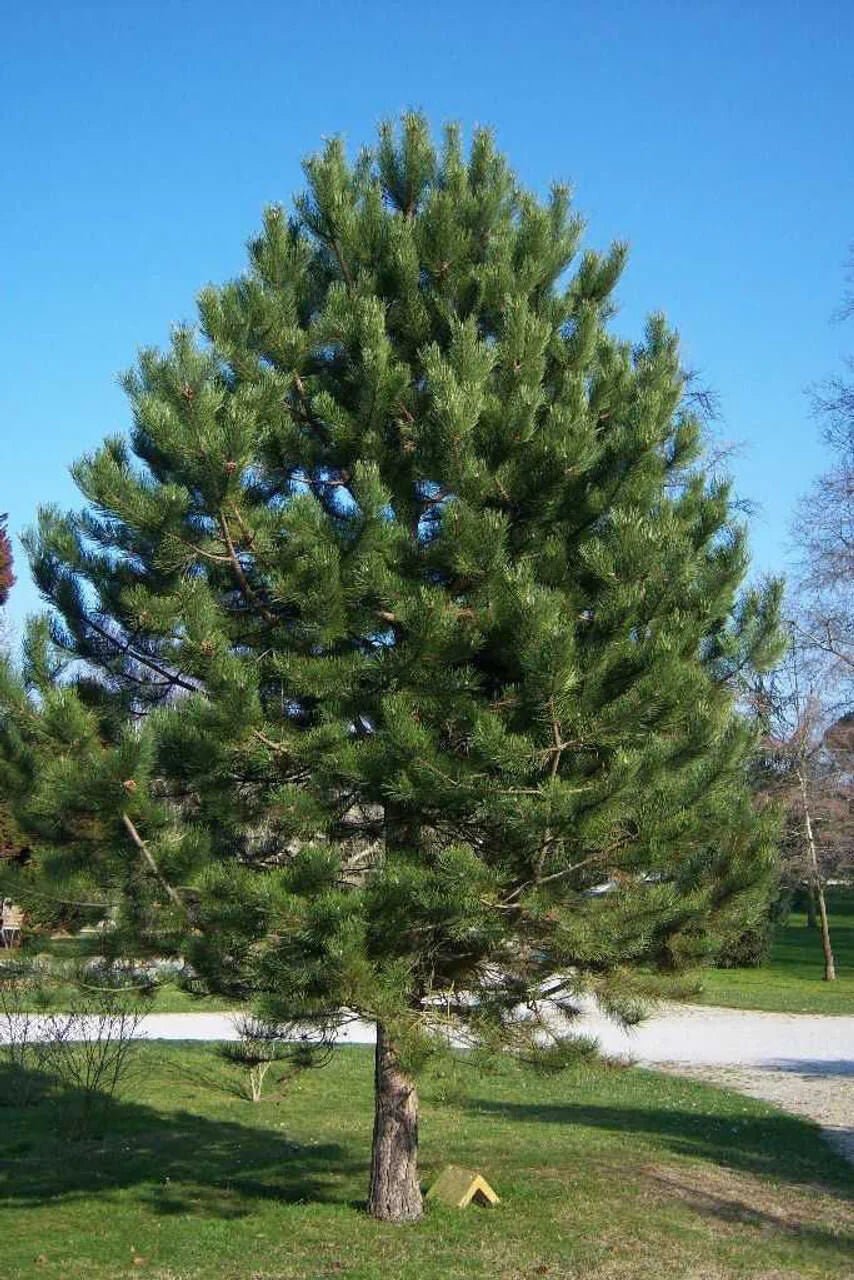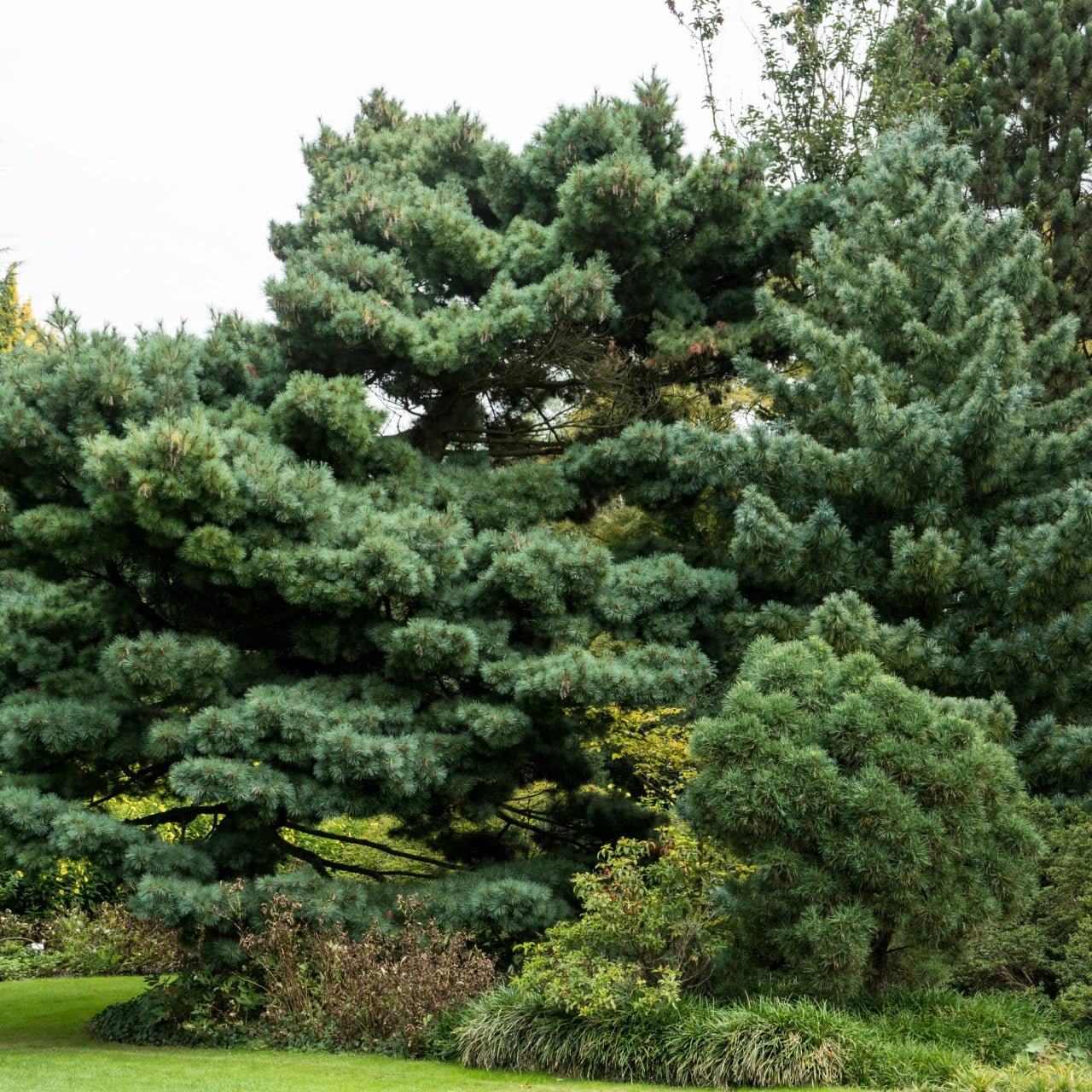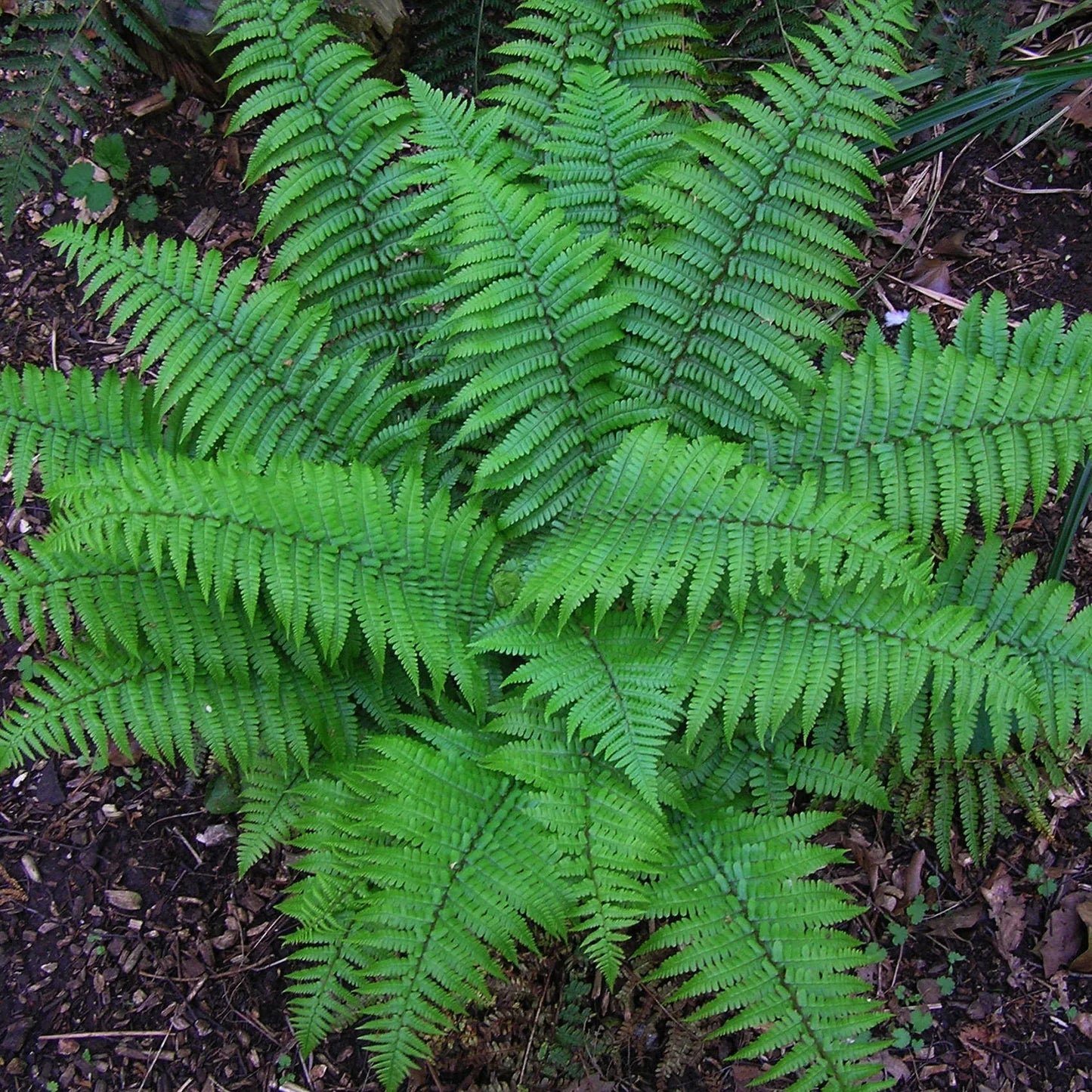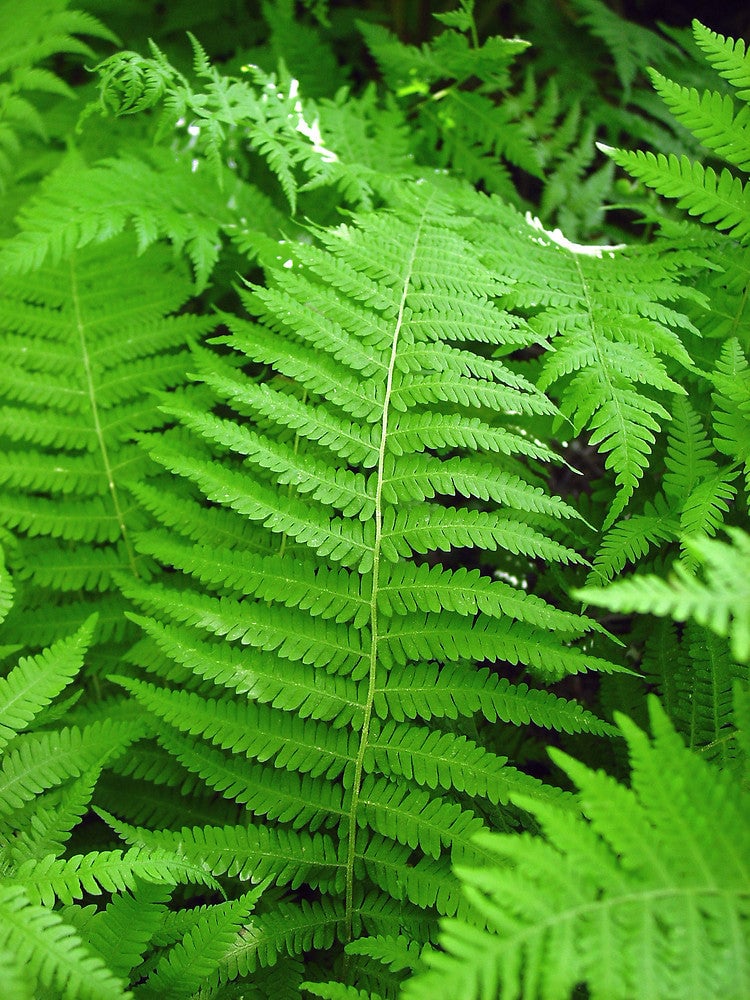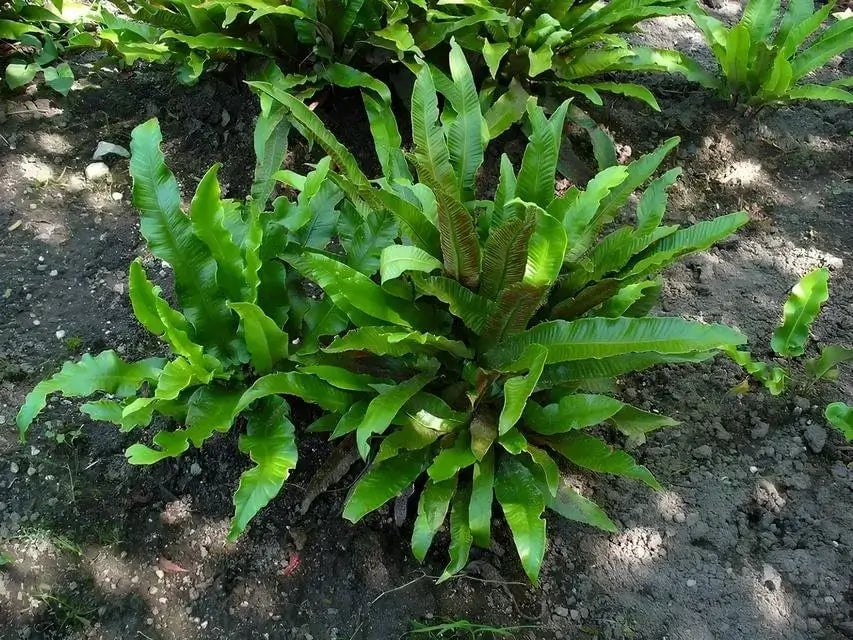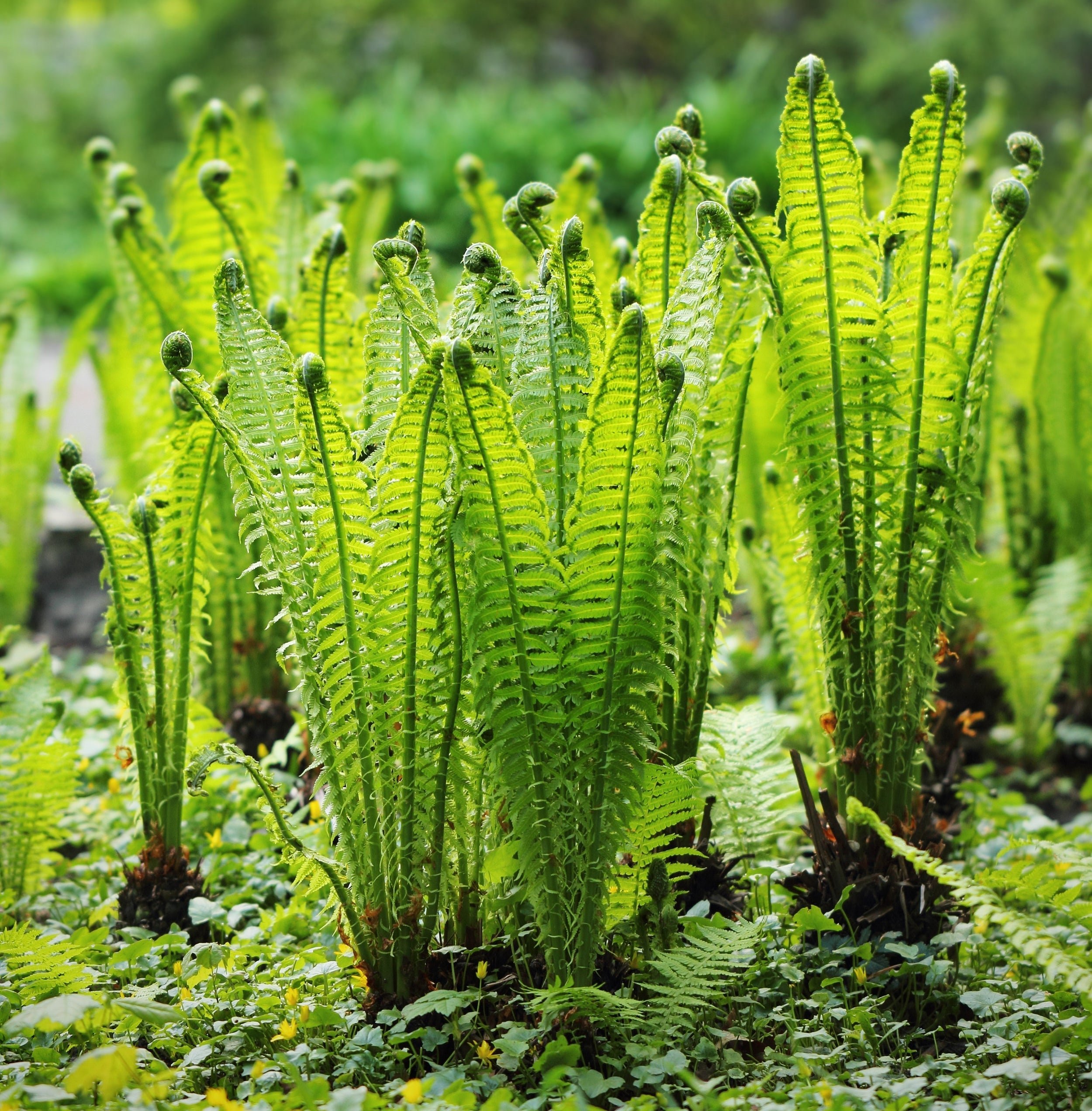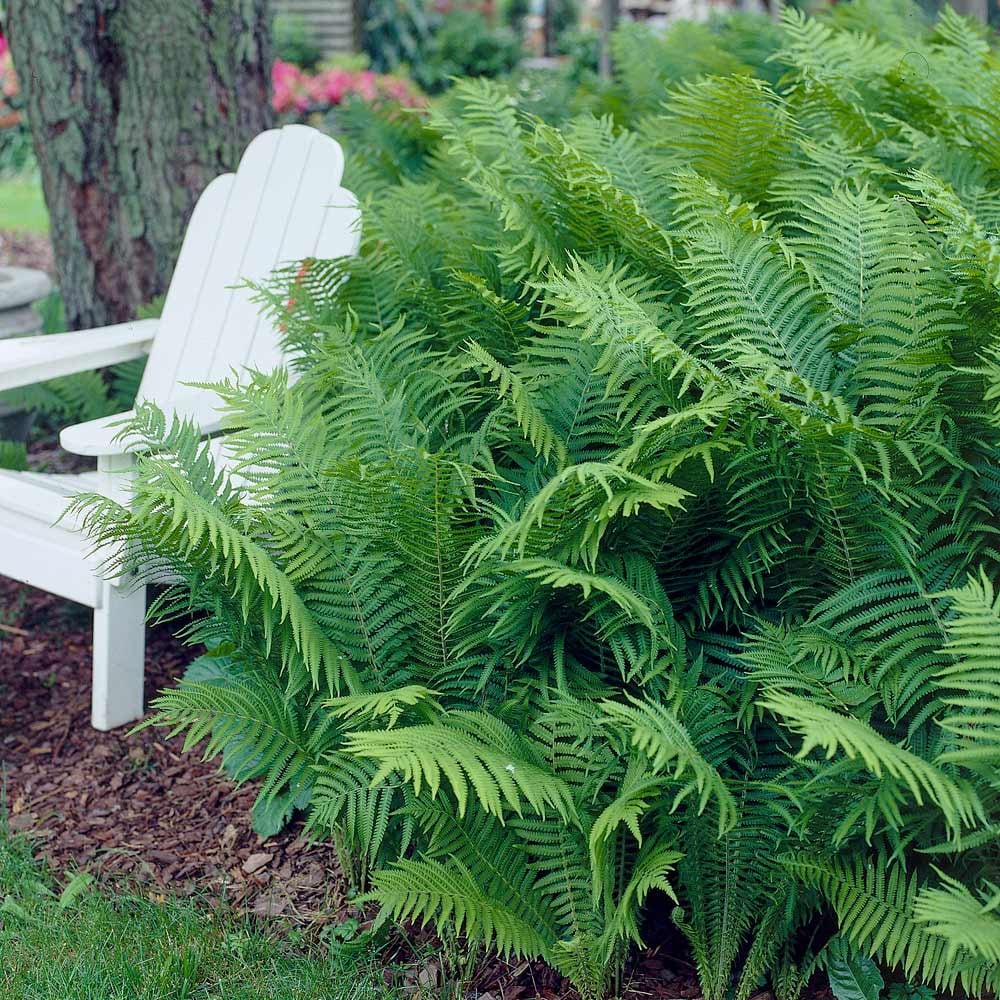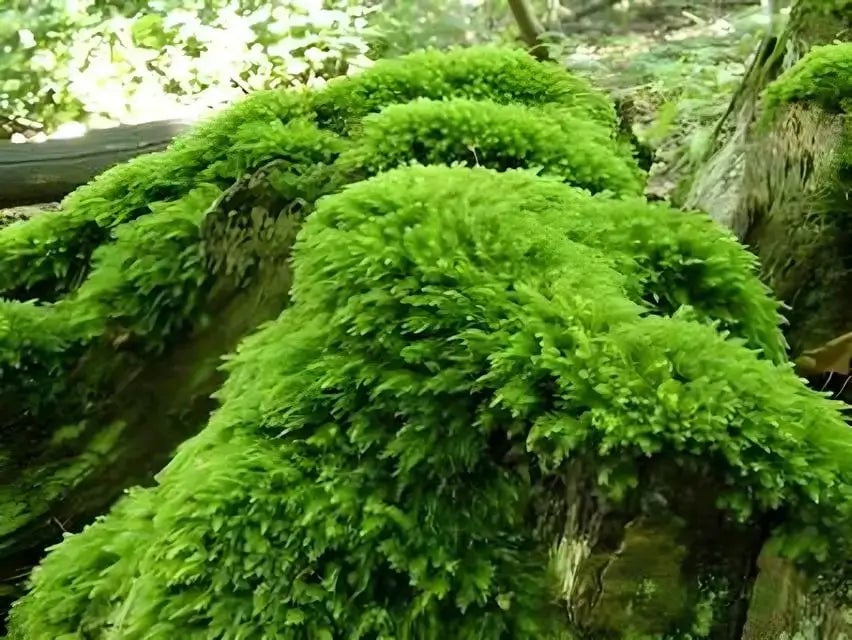
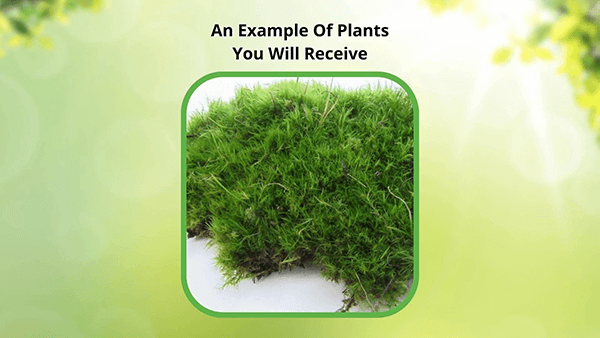
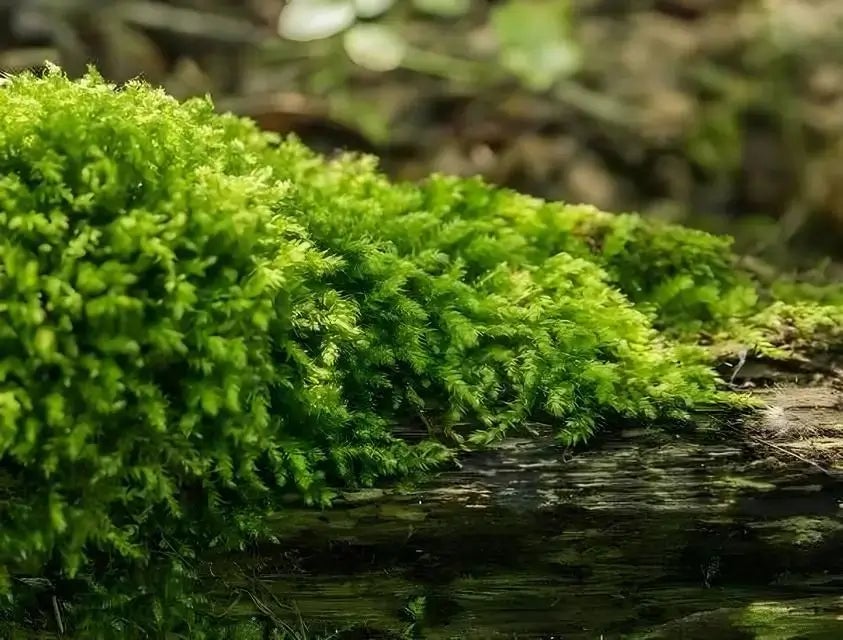

Fern Moss
Provides natural erosion control benefits
Low-maintenance and hardy plant choice
Excellent for shaded garden areas
Thrives in
ZONE 5ZONE 6ZONE 7ZONE 8ZONE 9This plant ships:
Ships 7-10 Days1 Year Guarantee on all plants
Fern Moss - Thuidium delicatulum
Upon touching Fern Moss, you will quickly appreciate its lacey, feathery leaves. Its scientific name is Thuidium delicatulum, with its species name ‘delicatulum’ aptly describing its delicate appeal. While it is not a type of fern, the leaflets pose a dashing resemblance to the plant. It is found growing in the wild all over North America, decorating creek sides and forest floors with its artistic whimsy.
Plant Details - Fern Moss
Family: Thuidiaceae
Light Requirement: Partial Shade – Full Shade
Water Needs: Moderate - High
Height: 1-3 cm., with individual stems horizontally growing up to 4 in. long
Spread: Indefinite
Growth Rate: Moderate - Fast
Wildlife Value: Provides critical shelter for small critters, retains beneficial moisture, benefits soil quality
Like many mosses, this plant fulfills a critical role in ecosystems. It harbors crucial moisture that small invertebrates and amphibians rely on. Its dense mats and long, overlapping leaves work to prevent erosion, stabilizing the soil in shady, moist areas. The leaflets can be lightly serrated, further enhancing their similarities to true ferns. While it is low-growing and horizontally spreads through rhizoid roots, individual stems can be a few inches long.
Landscape Uses and Maintenance - Fern Moss
This moss is most often grown as a groundcover for difficult terrain. It can be grown on slopes, on top of rocks in rock gardens, or simply grown under trees. Fern Moss is low maintenance, requiring only a reliable amount of moisture to proliferate at its best. The leaves are saturated with beauty, making this moss a very popular choice grown in terrariums for up-close observation.
Noteworthy Characteristics
Fern Moss is also sometimes known as feather moss since the leaves form the distinct shape of a quill pen. Upon even closer inspection, the leaflets are in the shape of Christmas trees. Even though this moss continuously spreads evenly in a carpeted habit, the distinct individual leaf shapes give the illusion of fern mounds growing along the landscape, fulfilling several aesthetic roles in one moss.
This Is How Your Plants Will Look upon Delivery

Height at Maturity
Under 6 Inches
Care
Fern Moss thrives in well-drained, moist soil and benefits from consistent watering. Keep the soil evenly moist, and ensure good air circulation to prevent rot. Regularly trim any dead or overgrown fronds to encourage healthy growth.
Plant Reproduction
Fern Moss spreads by releasing spores from its tiny capsules.
Choose early spring or fall when the soil is moist and cool to plant healthy bare-root ferns. You can also use dormant plants to grow year-round. When you arrive, please soak the roots in water for several hours to rehydrate them. Ferns thrive in moist and shaded areas. Dig a hole wide and deep enough to spread out the roots comfortably. Position the fern so the crown (where the roots meet the fronds) is just at or slightly below ground level. Gently backfill with soil firmly around the roots, and thoroughly water to settle the soil and eliminate air pockets. Apply a 2-3 inch layer of mulch for weed control and to retain moisture, ensuring the mulch does not touch the crown. Water during dry periods is used to keep soil moist but not soggy. Avoid fertilizing in the first year, as ferns prefer nutrient-rich soil over direct fertilization.
Shipping date depends on the date displayed and chosen when you order from the product's page.
We only accept returns on plants verified dead. If you think your plants have died, we offer a 1 year warranty, please use this File a Claim Link to verify dead plants and start with return warranty process.





.png?v=1722118890924&em-origin=cdn.accentuate.io&em-format=auto)
Lush Green Carpet:
Fern Moss creates a dense, vibrant green carpet that adds a touch of natural elegance to any garden. Its soft, velvety texture enhances the aesthetic appeal, making your garden feel like a serene woodland retreat.
Erosion Control:
Its dense growth helps prevent soil erosion on slopes and in other vulnerable areas. By stabilizing the soil, Fern Moss protects your landscape while adding beauty and texture.
Natural Insulator:
Fern Moss acts as a natural insulator, keeping the soil cooler in summer and warmer in winter. This helps protect delicate plants and improves overall garden resilience throughout the year.
Non-Invasive Growth:
Unlike some ground covers, Fern Moss grows in a non-invasive manner, spreading gently without overtaking other plants. This makes it easy to manage and integrate into your garden design without worry.
Caring Tips
How do I care for my Fern Moss?
Each box contains detailed care instructions and information about your product. But here's the basics.
Care Tips
Fern Moss thrives in well-drained, moist soil and benefits from consistent watering. Keep the soil evenly moist, and ensure good air circulation to prevent rot. Regularly trim any dead or overgrown fronds to encourage healthy growth.
Light Requirements
Fern Moss thrives in low to moderate light conditions. It prefers indirect light, such as filtered sunlight or dappled shade. Avoid direct sunlight, which can cause the moss to dry or scorch.
Hardy Planting Zones
5 • 6 • 7 • 8 • 9
Header
Use this content to share information about your store and products.
Frequently Asked Questions
How often should I water my plants?
How do I know if my plant is getting too much or too little sunlight?
What should I do to prepare my plants for winter?
What are the signs that my plant needs fertilizing?
How can I prevent pests from damaging my plants?
How do I choose the right plant for my climate zone?


